Abandoned Sussex: Fernhurst Research Station | Urbex
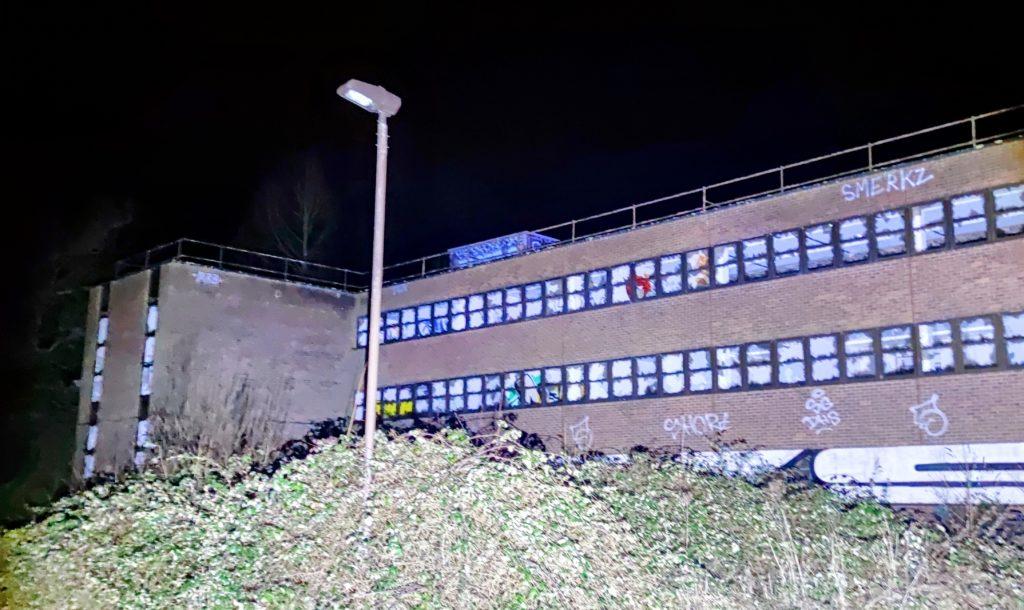
History
Fernhurst Research Station was a chemical research institute from 1945 until 2001, its focus was crop protection. Pre-1945, the site was the estate of banker Sir Felix Schuster. The institute was opened to research pest and disease control. In 1951, an international conference was held at Fernhurst where scientists from 39 countries discussed the issue of food scarcity.
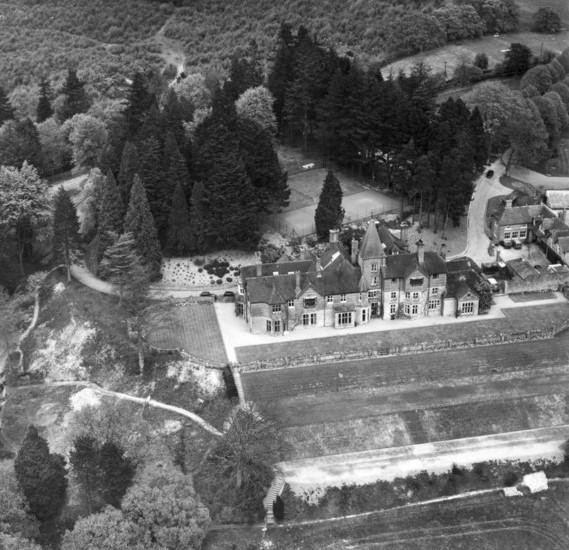
From 1958 the ICI (Imperial Chemical Industries) took over operations. Their international headquarters were located at the site until the 1990s. In 1986, Prime Minister Margaret Thatcher opened a new international conference centre at Fernhurst. Two years before the ICI relocated to Europe, the site won a Queen’s Award for Technological Achievement for herbicides, fungicides and pesticides.
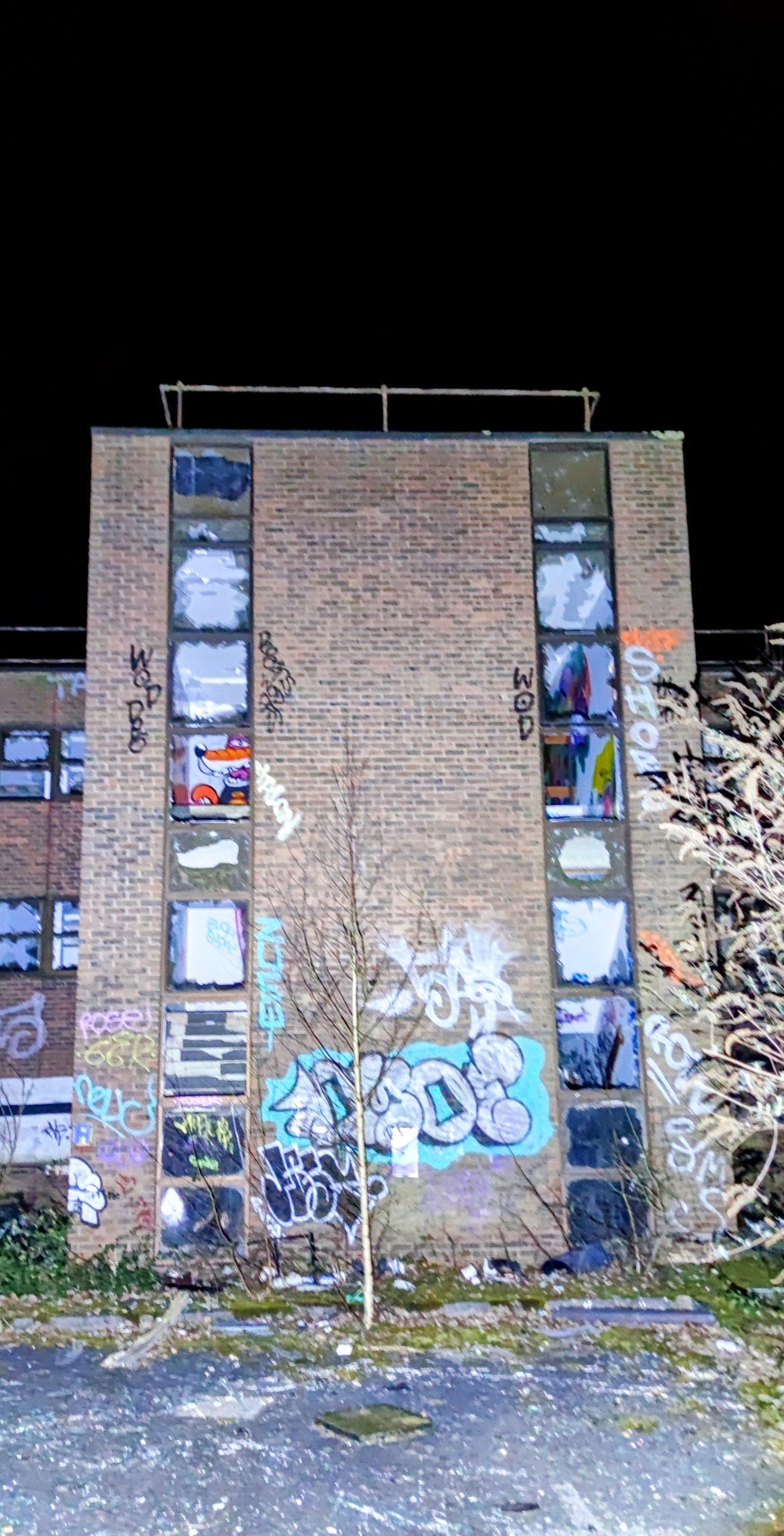
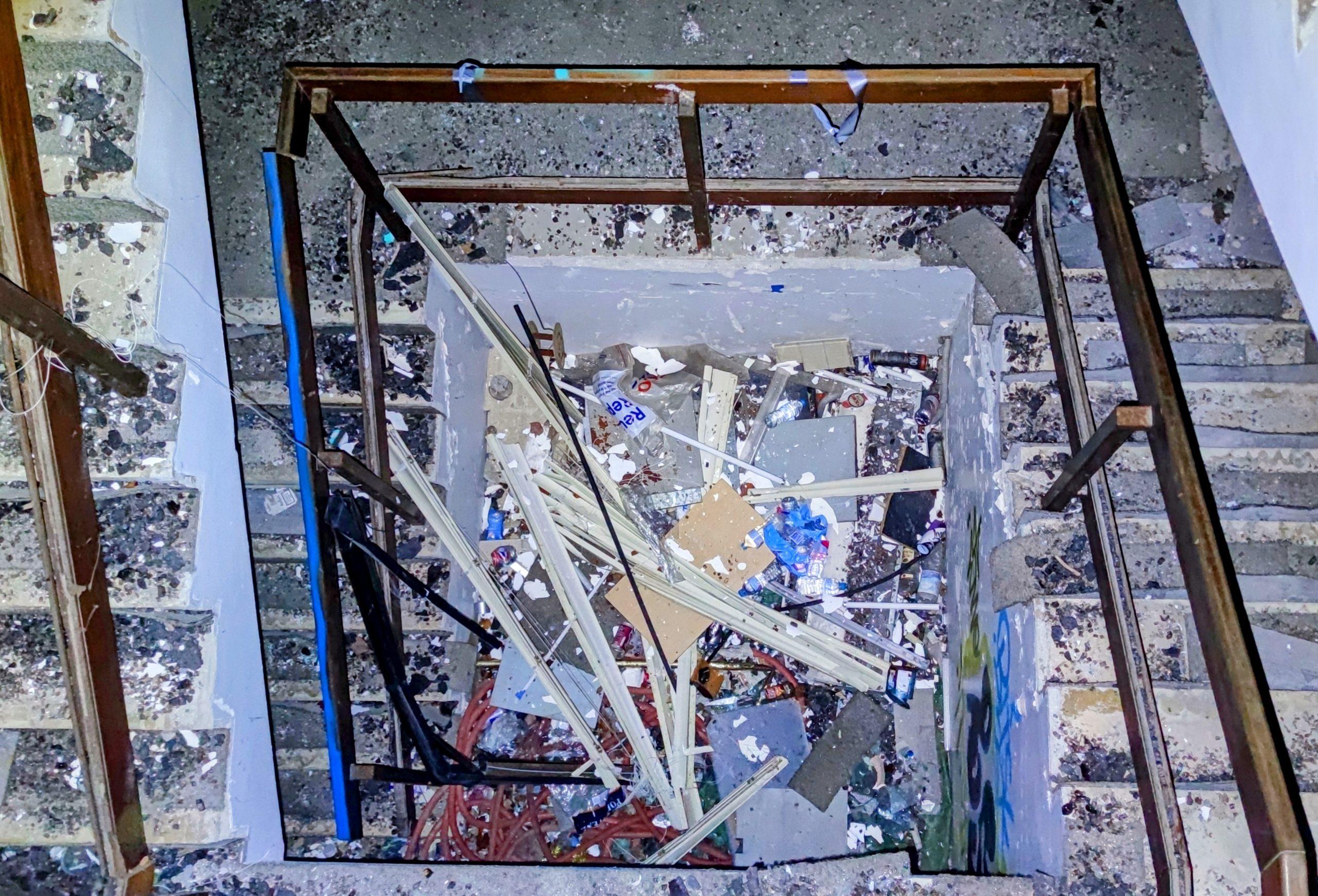
Exploration
Access to the site was straightforward. We visited under the cover of darkness as Aspinal’s headquarters are next door. We saw and heard a few workers coming from the live site but they did not seem bothered by us. Other explorers have reported Aspinal’s security moving them on so that might be something to bear in mind when planning a visit. We gained access by walking along a public footpath and slipping in through a broken fence panel.
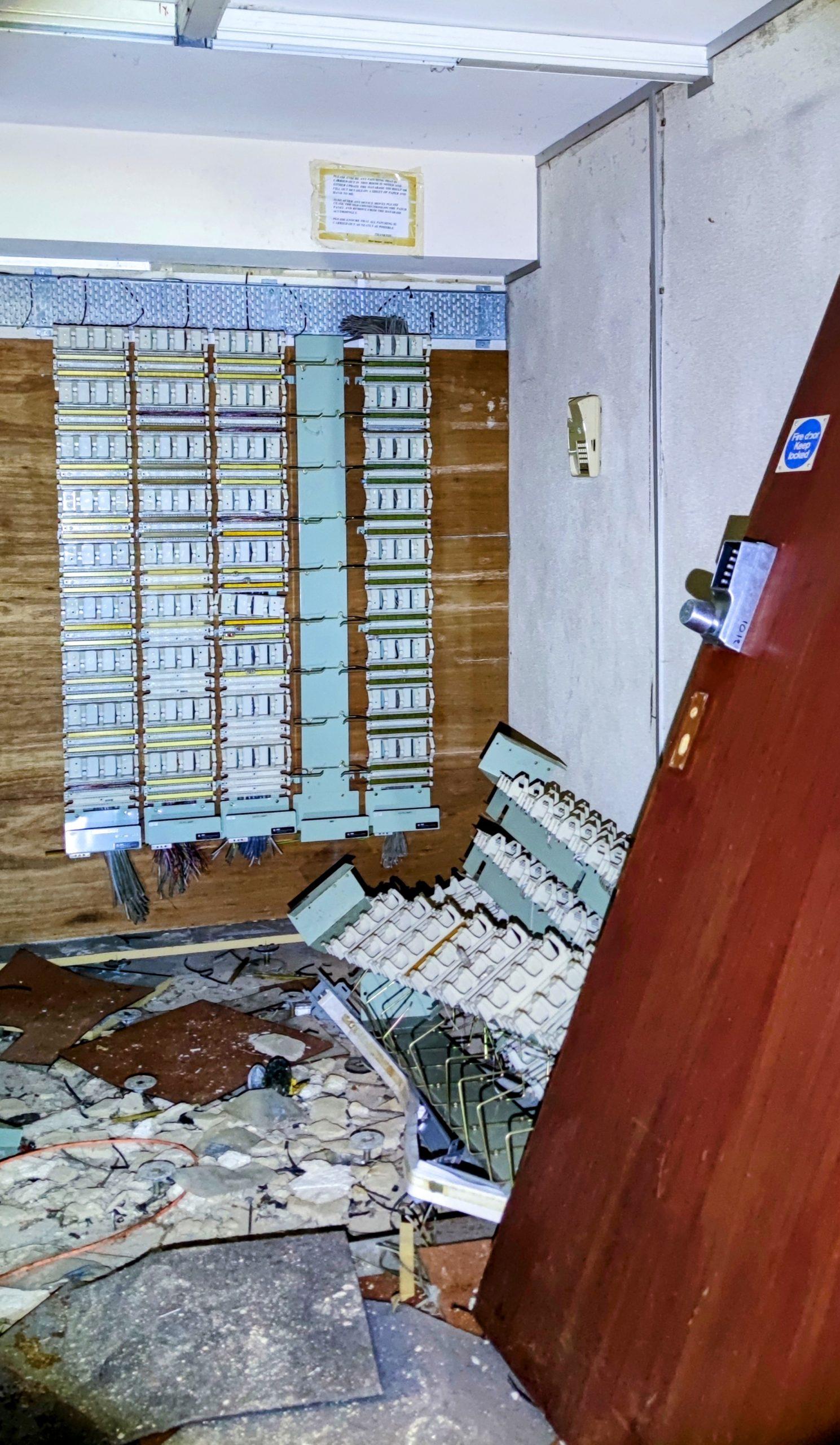

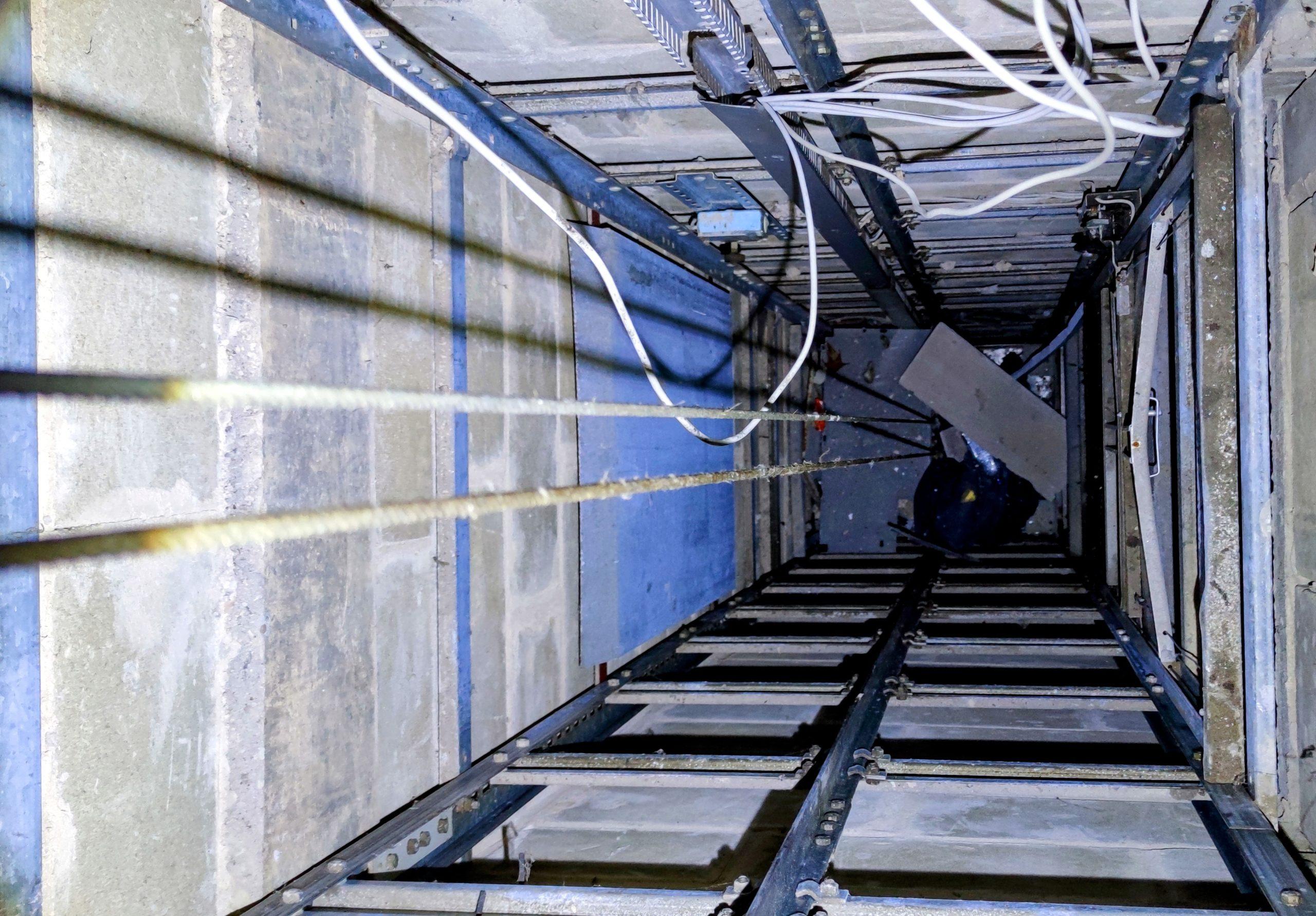
We realised the impressive scale of the site immediately. It is a three storey building that seemed never-ending. As the site has been left empty since 2008 it is unsurprising that anything of value has been gutted and graffiti adorns all of the walls.
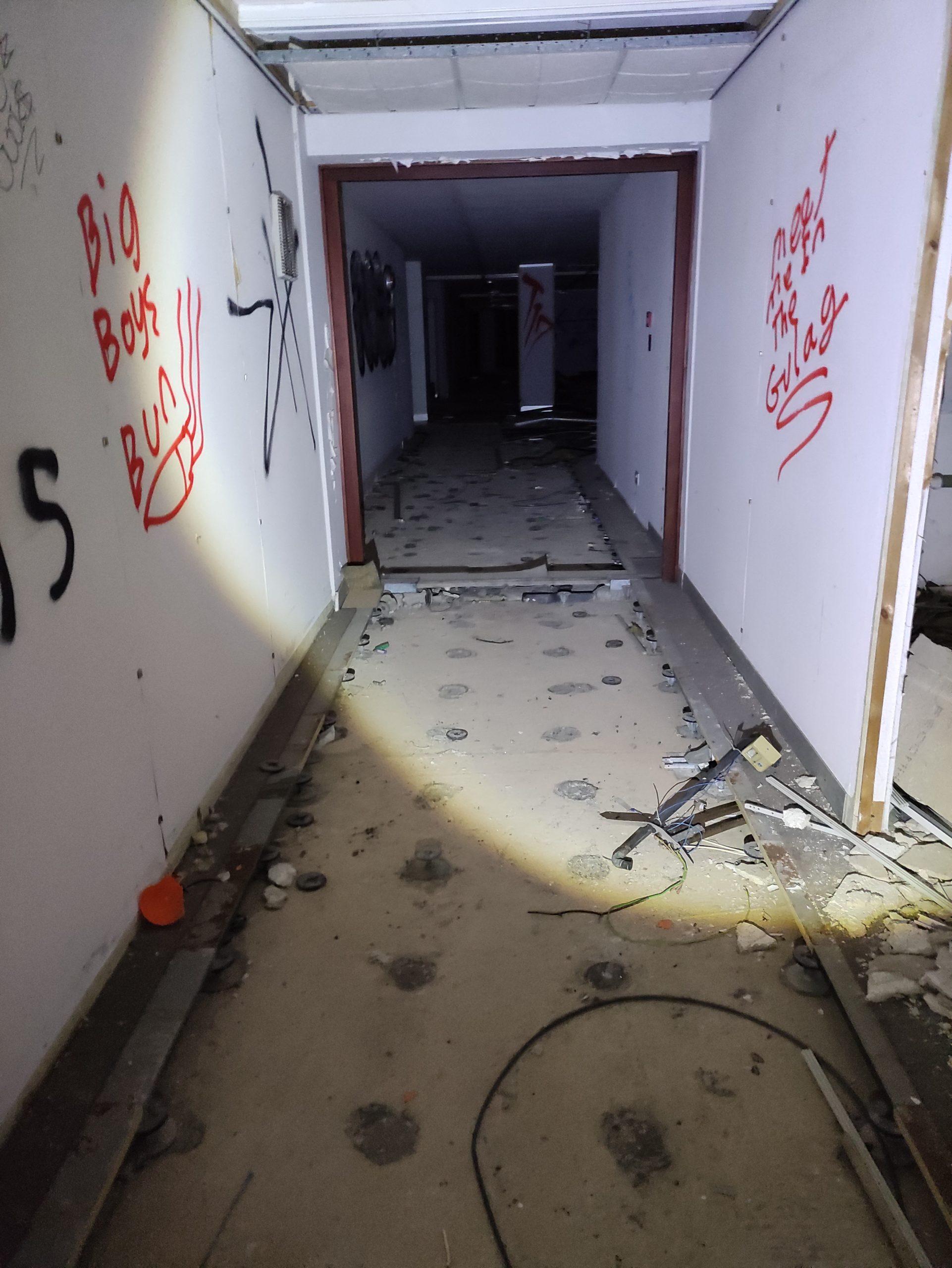

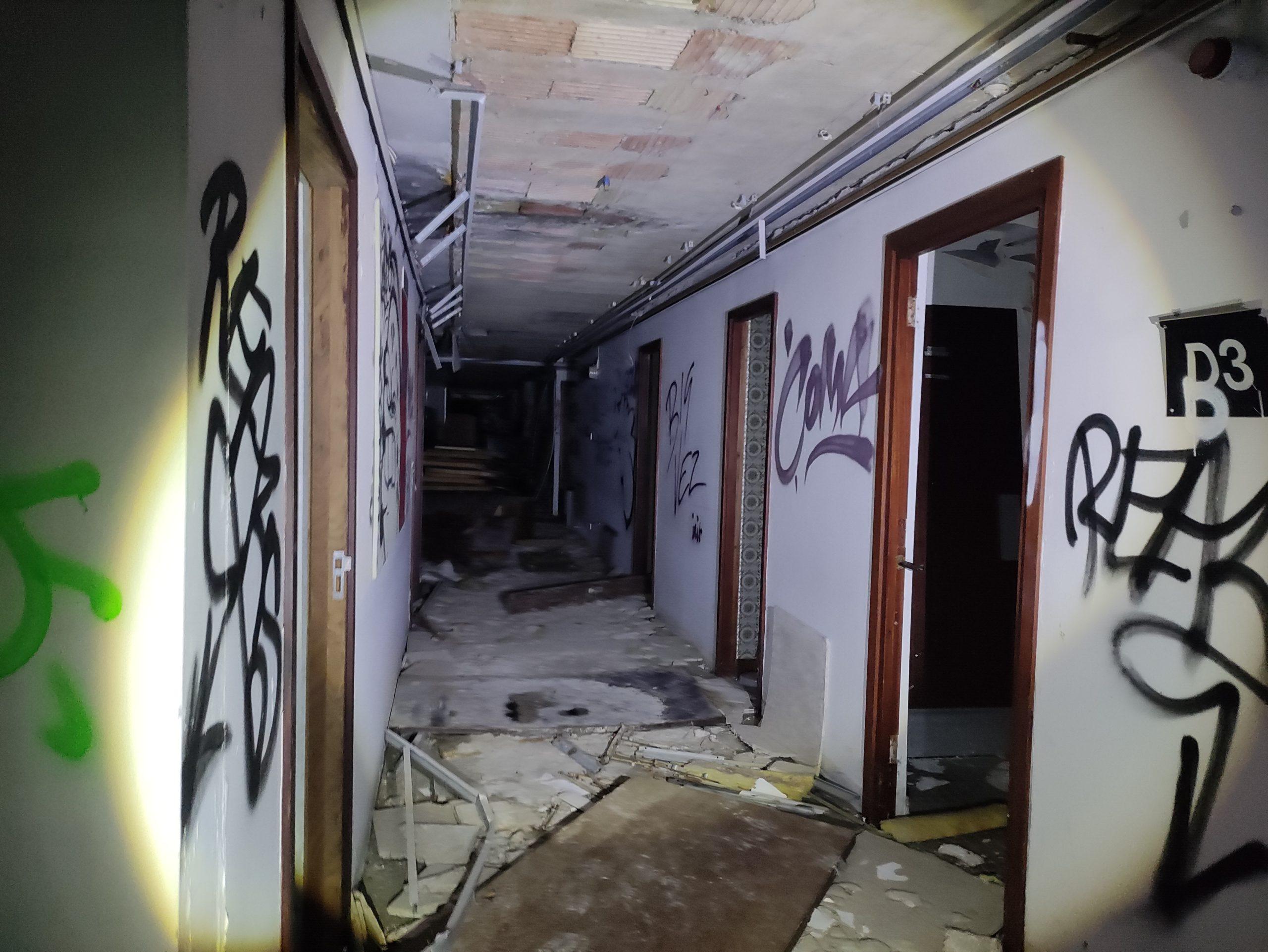
The research centre is a labyrinth. Not only did the size of the building make this explore time consuming but all of the corridors and floors look exactly the same. The only differences were the graffiti and rubbish left behind. On one occasion, our group debated whether we had been down a corridor based on whether we had already seen a particular pepperami wrapper!

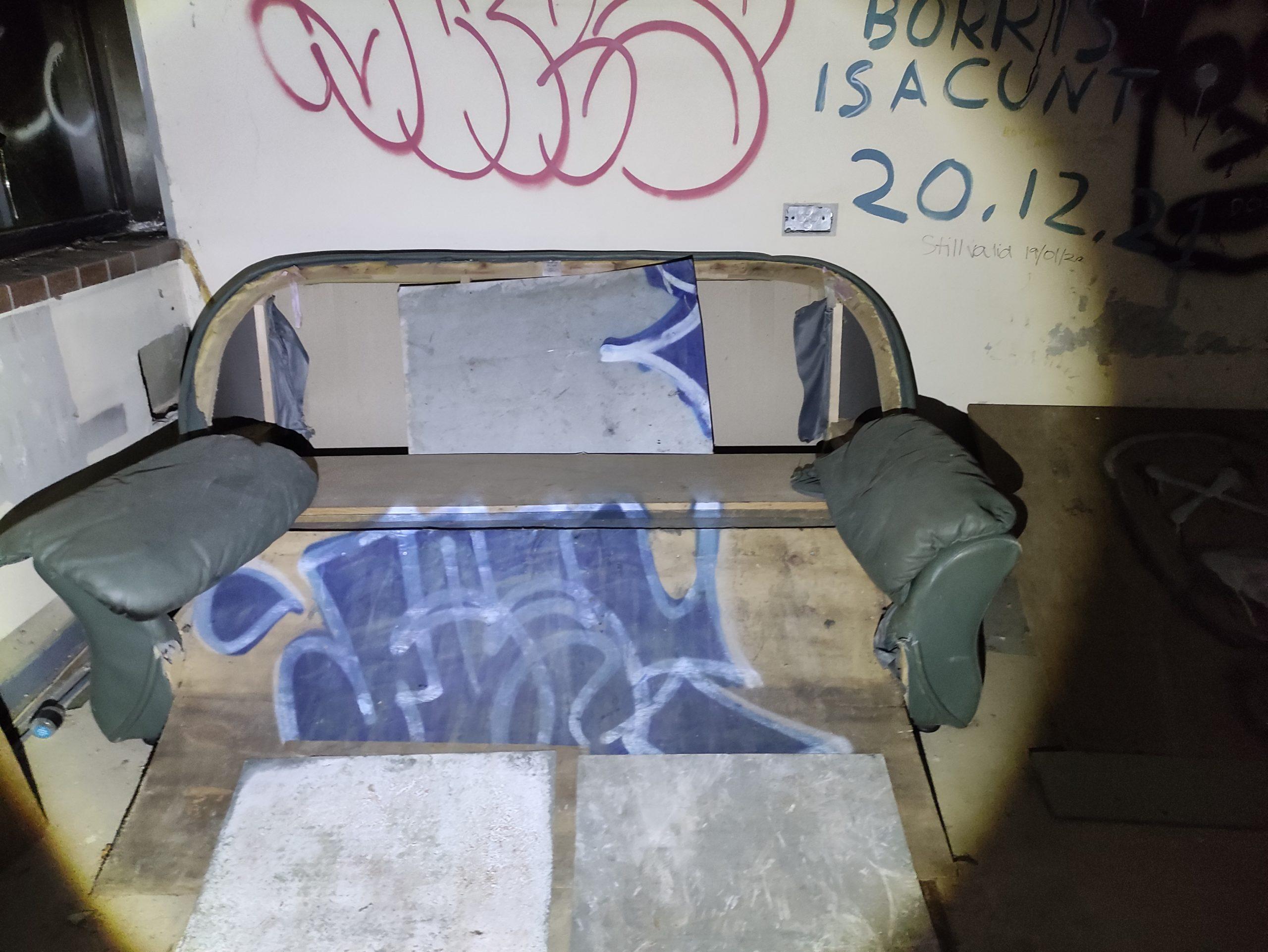

Our favourite room was one that had been turned into a makeshift skate park. The creators had piled up floor tiles and the tops of tables to create ramps. There was even a couple of sofas for spectators to chill out in comfort. It was also in this room that we found an hilarious to-do list written onto the wall, I hope the owner has managed to complete the majority of their list. Reading through it certainly made us chuckle.


It would be easy for explorers to spend many hours at this location. The corridors feel never-ending and there are hundreds of small offices to explore. The roof and basement are also accessible as well as a number of out buildings. As the site has been abandoned for well over a decade; this explore is less about learning about the research centre but more about seeing how an empty space evolves after being left for so long. You can really see how the visitors to the location have claimed it as their own.


Future of the site
In 2020, a development group proposed building 210 new homes, a cafe, retail and community use buildings on the site. The eco-friendly South Downs development seemed promising but it appears it could not be agreed on and the site has been left empty since 2008.


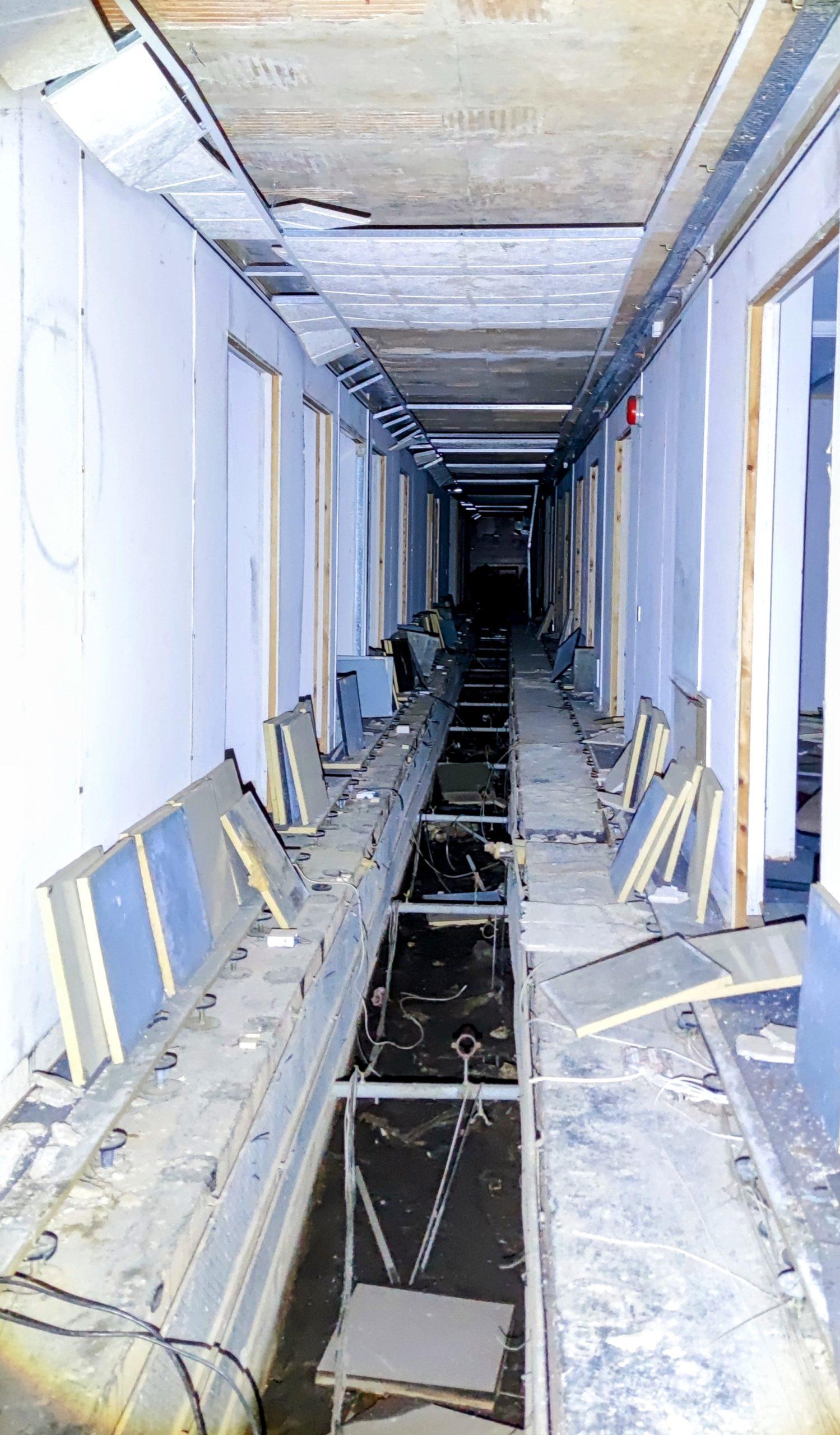


Last Updated on 19 December 2024 by Michael

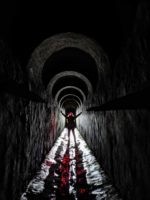
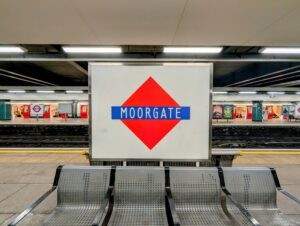


Went here recently. Wont give an exact location but to be honest you really cant miss it on the google maps satellite view. Really good explore. And far too easy to get lost you will find yourself trying to leave and ending up walking into a courtyard instead of the outside. Its very disorientating, Especially at night.
Every floor has the original floor tiles removed, which isn’t an issue except for the ground floor which leaves open a large pit in the centre of every corridor. Everything has been gutted so expect to see a lot of empty trash filled rooms.
There has been an attempt at least on the inside to block off access to certain areas, with some of the stairwells being completely blocked off with trash or doors barricaded on the inside. However, there is always a way round it. Just wouldn’t advise going through the holes in the walls especially when you see that good yellow fluff hanging out of it.
Fair warning though. This place is riddled with asbestos. And although 90% of the windows have been vandalised, the air quality inside is abysmal. The worst of which being the top floor.
Access is basically walk in through the front door. There’s nothing stopping anyone, nothing on the doors, no security.
The building attached to the main building does seem active and used, with the lights on and the fountain running. However, when I was there. It was just that. Lights and fountain. No people.
Overall a great explore. Took around 3 hours and even still there was more to explore. Just be aware that you are walking into a building from the 90s and to wear protection and not to disturb anything that will blow particles into the air.
Have fun. Hope this helps people!